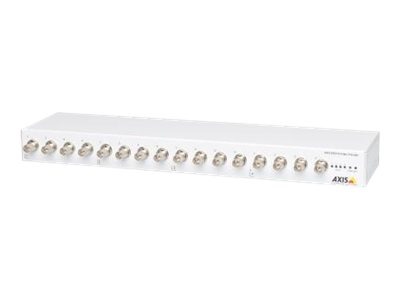
A single surveillance device can support simultaneous H.264 and Motion JPEG streams. Cameras and encoders are available with simultaneous H.264 and MJPEG capabilities, though the required processing power is greater than with single-mode devices. The compression standard for surveillance video is selected according to the desired transmission bandwidth, storage and quality parameters; The MJPEG compression format that encodes each video frame individually. It generates high image quality and more data, while also demanding greater bandwidth requirements. However, it continues to be used in IP cameras because of its quality output in a wide range of environments and applications. The more recent compression standard is H.264. This encoding engine delivers significant reductions in bandwidth requirements when compared to MJPEG, without quality compromises. H.264 techniques are advanced, requiring more advanced hardware.
H.264/MJPEG Compression Techniques
The security industry needs high-resolution monitoring and fast frames rates with image quality. Having H.264/MJPEG compression on a camera allows operators to choose the superior image quality of MJPEG, or opt for H.264 compression when bandwidth efficiency with quality is needed. IP cameras offering multiple streaming features can also allow operators to record in Motion JPEG while viewing video in H.264. When a surveillance system stays within bandwidth limits, recording gaps and feed drops are avoided.
Dual Codec Camera: Simultaneous H.264 and M-JPEG Streaming
IP manufacturers are building dual codec cameras that can provide H.264 and M-JPEG formats simultaneously. When both M-JPEG and H.264 video encoding capabilities are available, users have greater flexibility in choosing the right compression method for specific surveillance applications. Contact Comms Express to learn more about dual encoding cameras.
